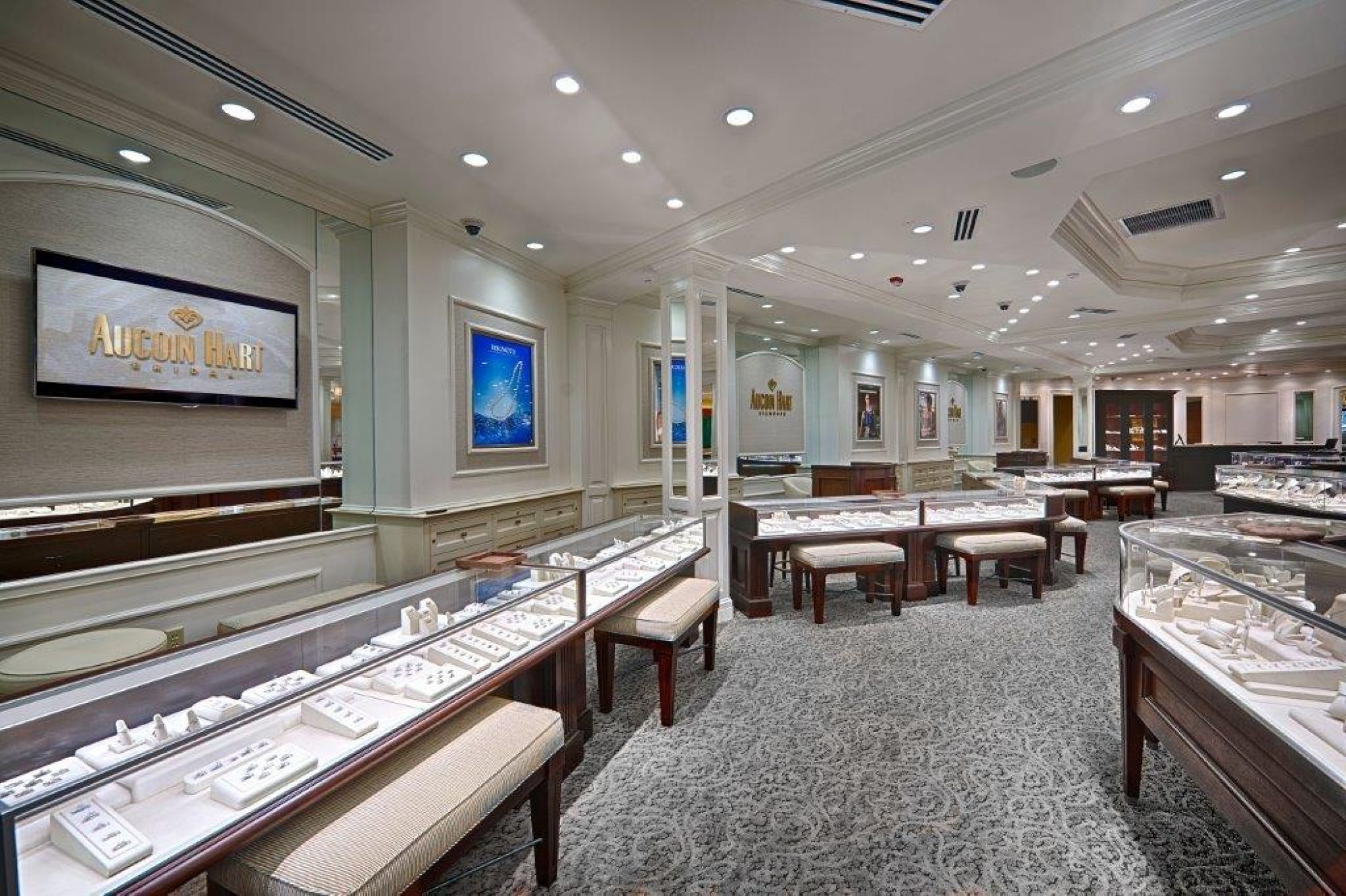It IS your grandfathers jewelry display.
Seventy-five years ago, retailing was a lot simpler. You had a store on a busy street and your customers walked by, stopping in when they wanted to purchase. Your store windows were the cornerstone of your marketing effort. Your windows had to attract attention, create interest and prompt action. Keeping your store window displays interesting and fresh was an ongoing challenge to retailers in the days of Charles Lindberg and the Model A Ford.
Many independent jewelers of the age turned to the Baranger Company of Pasadena, California for help. Mr. and Mrs. A.E. Baranger manufactured a creative series of static displays that were a cross between a doll house, a train set and miniature movie set. These displays were used by jewelers in their windows to catch the eye of the passer-by and prompt them to stop.
The creative imaginations of the Barangers and their designers led to window displays with amazing, simply little displays that must have delighted thousands in those simpler days. By 1937, movement was added allowing simple repetitive action through a series of pulleys and gears attached to a small electric motor. The displays began being called “Motions” to reflect this technological advancement.. Locomotives rolled along, stagecoaches trailed after a team of galloping horses, sawmill buzzsaws imperiled the maiden, all in the interest of selling jewelry. The individual pieces were normally hand painted castings of pot metal, fitted together into creative representations of King Tut’s tomb or the innards of a spaceship.
The creativity of the firm did not stop with the display designs. Their marketing scheme was also a most innovative scheme as well. Jewelers did not buy the displays. The rented them for 30 days. This allowed the jeweler to offer a new display each month to attract attention. No two jewelers in the same town had the same display. Travelling display salesmen delivered and setup the new displays each month and removed the old one. It was returned to the factory for touch up and then resent to another retailer. Due to the cost of the displays, multiple users were critical.
After World War II, Baranger expanded their market with more salesmen and creative talent hired from the local Hollywood film community. The complexity of the displays increased and motion became more intricate. “Jeep Honeymoon” and miniature repairmen building a watch reflect these new designs best. The wonderful corporate office in Pasadena, California was in a fairytale-like building that seemed to embody the fanciful spirit of the motions.
By 1960, Mr Baranger had passed and the firm was losing share to other “more progressive” marketing plans. New innovations like TV and shopping malls took their toll. By 1977, the firm had closed and the building sold. In 1978, a businessman named John Daniel, entered the building (which was then the home of Casablanca Ceiling Fan Co.) and discovered the back inventory of complete and half-finished motions in the warehouse. After years of negotiation, he bought the entire lot and began the task of completing and restoring the hundreds of displays to their original designs.
Today, Baranger motions live in display cases around the world in museums and various collections. One of the largest collections is in the Hakone Toy museum in Japan. Closer to home is the collection of almost 150 displays at the House on the Rock in Spring Green, Wisconsin. (Travel note: Frank Lloyd Wright’s compound, “Taliesin” is a close by neighbor.) This broad collection includes many of the most popular Baranger motions and will take you back to the days when a simple, repetitive animated motion was mesmerizing to watch.
Watching the action of these displays at the House on the Rock and on the numerous YouTube video uploads seems quaintly old-fashioned and out of date, until you think about the subject a bit further. Today’s jewelers struggle with the same challenges of attracting attention, creating interest and prompting action to be successful. Although the medium has evolved into manifestations that are beyond that comprehensible to even the Barangers creative minds, the purpose of window displays has not changed at all.
